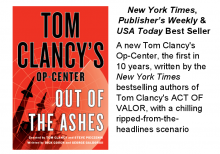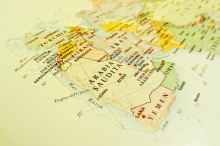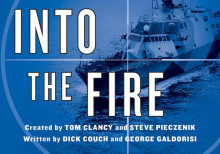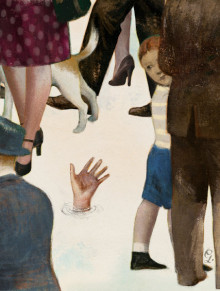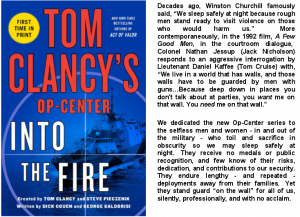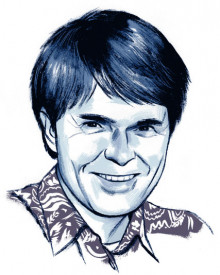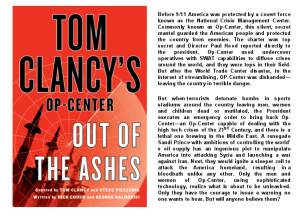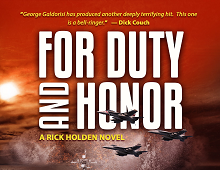Advance Praise for Into the Fire
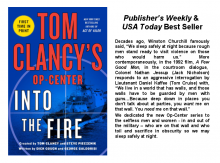
Just a few months ago, Tom Clancy’s Op-Center: Into the Fire was released for the first time as a trade paperback publication. The first book in the series, Tom Clancy’s Op-Center: Out of the Ashes received high praise from all the traditional book reviews. Into the Fire continues in the same tradition. Here is what Publisher’s Weekly had to say about Into the Fire:
Couch and Galdorisi’s stirring sequel to 2014’s Out of the Ashes pits Cmdr. Kate Bigelow, captain of the USS Milwaukee, and her crew against North Korean naval and special forces units intent on seizing the ship, which has been conducting training exercises in the sea off South Korea. The North Koreans have found vast undersea energy deposits in international waters and have made a secret deal to sell them to the Chinese. Taking the ship hostage will give them leverage against the U.S., which will surely oppose this deal. Bigelow proves to be a formidable foe, managing to outrun and outgun her North Korean adversaries. She runs the Milwaukee aground on the small island of Kujido, sets up a defensive base, and settles in to wait for friendly forces to come to the rescue. Tasked with that mission is Chase Williams, director of the secret Op-Center, who with other elements of the U.S. military attempt to pull off a daring, skin-of-the-teeth operation. A terrorist attack on the United Nations provides an exciting coda.
Stay tuned to this website for more on Tom Clancy’s Op-Center

